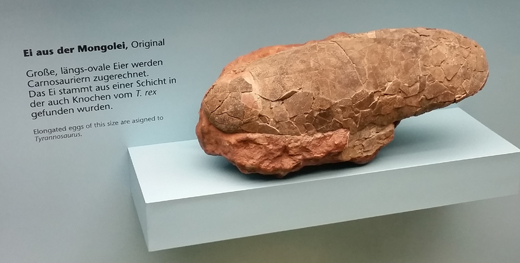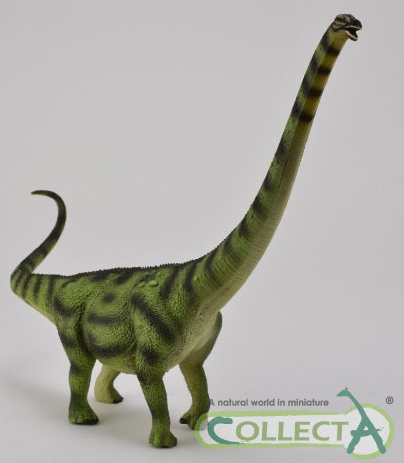Eggshell Study suggests Dinosaurs Not Warm-blooded
Research published in the journal “Nature Communications” may have helped settle a 150-year-old debate amongst palaeontologists. Analysis of the behaviour of two isotopes found in calcium carbonate, the main ingredient in eggshell suggests that dinosaurs were not warm-blooded (endotherms), neither were they cold-blooded (ectotherms) but they were somewhere in between. The scientists conclude that dinosaurs were probably mesothermic, able to raise their internal body temperature above that of their immediate surroundings, but not all dinosaurs were able to maintain a body temperature at the level of today’s birds and mammals.
Dinosaur Eggshell Study
Picture credit: Everything Dinosaur
A total of nineteen eggs from two different types of dinosaur were studied. Eggshells from Argentina representing a Late Cretaceous, herbivorous titanosaur along with fossilised eggs from a theropod dinosaur (oviraptorid) from Mongolia were included in this ground-breaking research. If scientists can determine the body temperature of extinct animals this will help them calculate metabolic rates and provide valuable data on how active these animals were.
Cold-blooded reptiles (ectotherms), like crocodiles are only capable of bursts of activity and rely on external sources of heat (the sun) to help them maintain a constant body temperature. More active animals, (endotherms) like mammals and birds can generate internal heat and are generally a lot more active than their reptile counterparts.
An Example of a Typical Titanosaur
Picture credit: Everything Dinosaur
The picture (above) shows a sauropod model in the CollectA Age of Dinosaurs model range.
To view this range: CollectA Prehistoric Life Figures.
Dinosaur Eggshells
Commenting on the significance of this pioneering research, study co-author Aradhna Tripati (Assistant Professor of the University of California, Los Angeles) stated:
“This technique tells you about the internal body temperature of the female dinosaur when she was ovulating. This presents the first direct measurements of dinosaur body temperatures.”
The research team conclude that clumping studies of two rare isotopes found in the eggshells show that oviraptorids (closely related to birds), were able to raise their body temperatures above that of their environment but not as high as warm-blooded animals (endotherms). The much larger titanosaur had a body temperature slightly higher than our own.
This suggests that variable thermoregulation likely existed in the non-avian dinosaurs but not all dinosaurs had the body temperatures typical of modern birds and mammals which generally tend to be very active.
To read further articles on the dinosaur warm-blooded versus cold-blooded debate:
Clumped isotope analysis could determine endothermy: Isotope Analysis Could Help Shed Light on the Metabolism of the Dinosauria.
Warm-blooded or cold-blooded dinosaurs: Evidence to Support the warm-blooded or cold-blooded Debate in the Dinosauria.
Dinosaurs were endothermic: Endothermic Dinosaurs? The Debate Hots Up.



